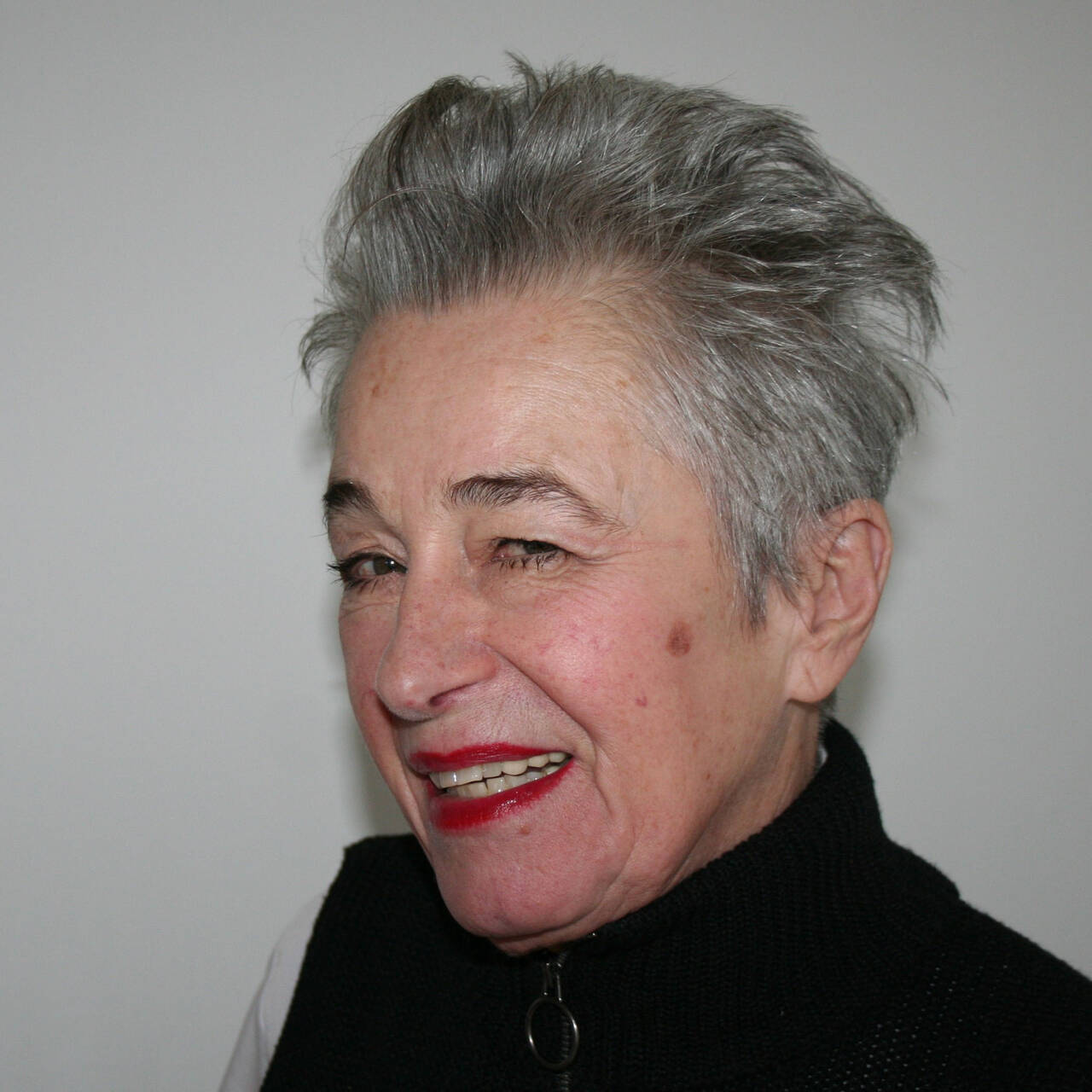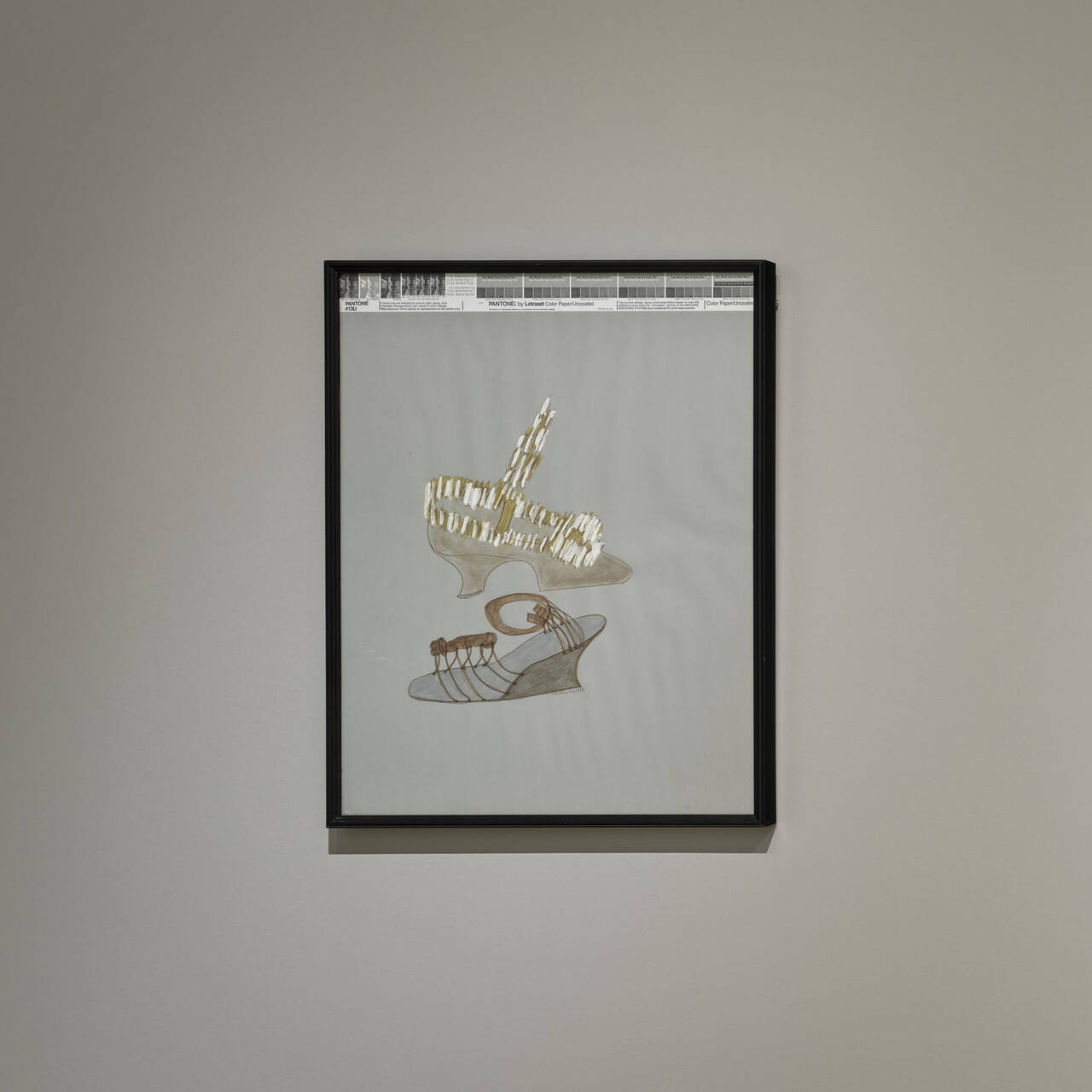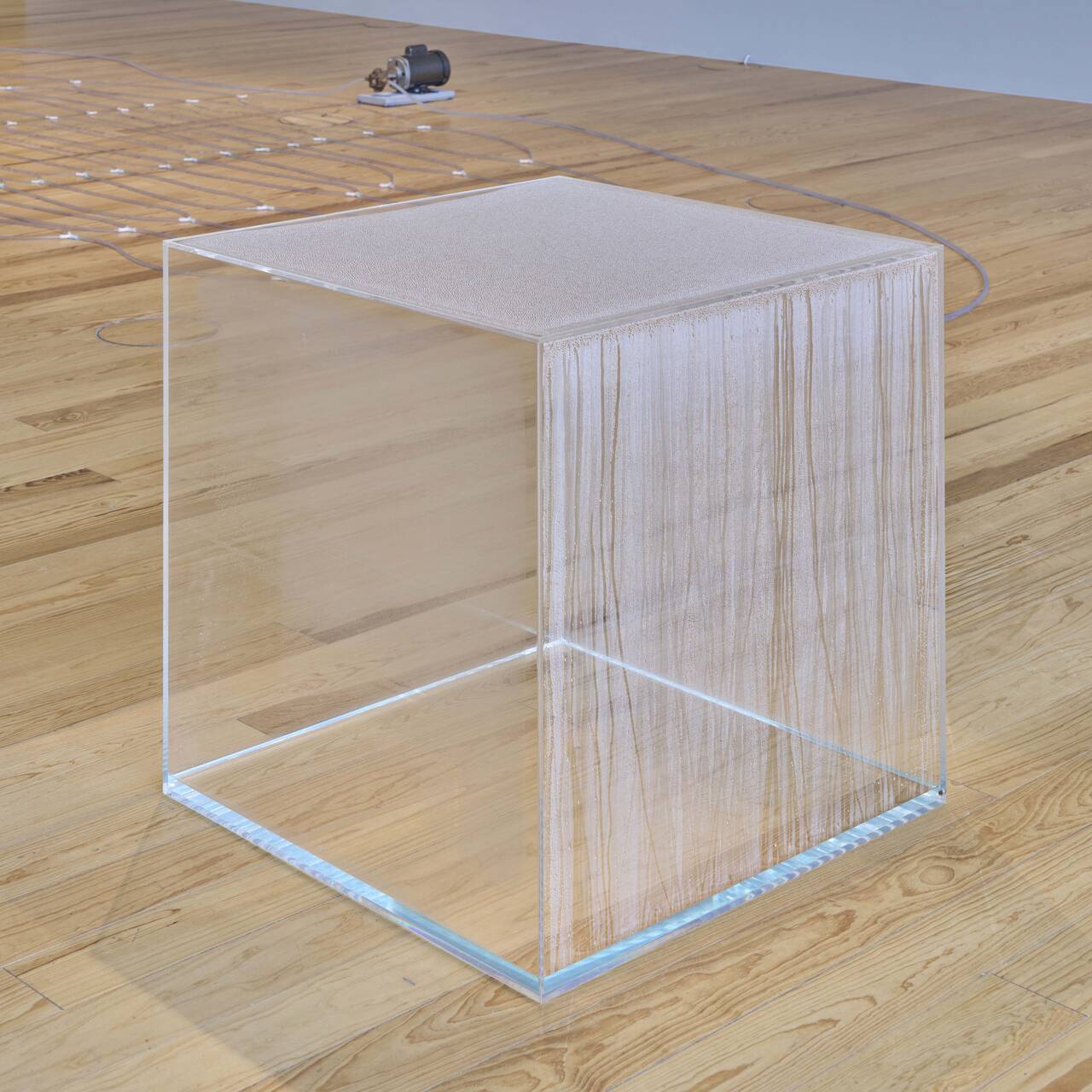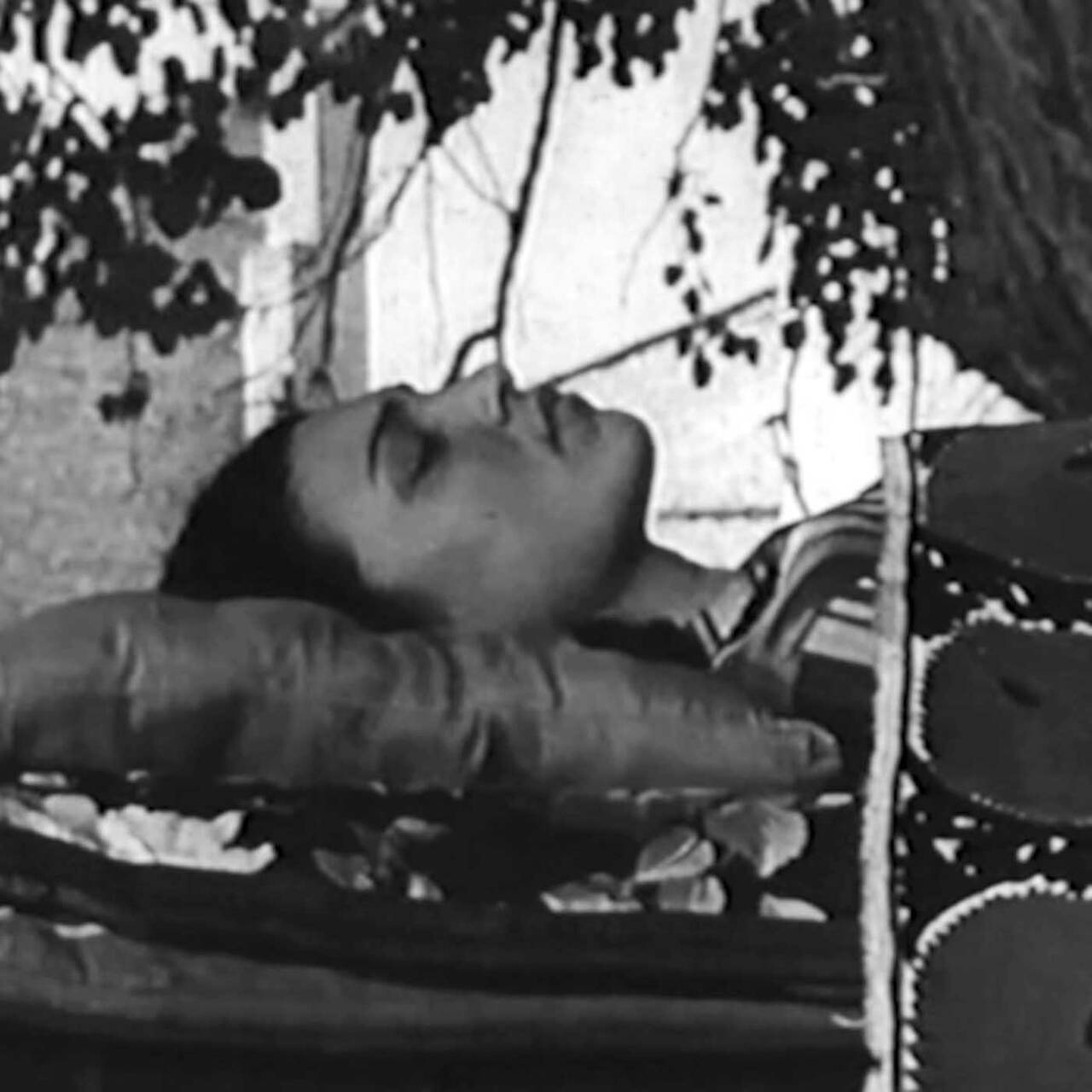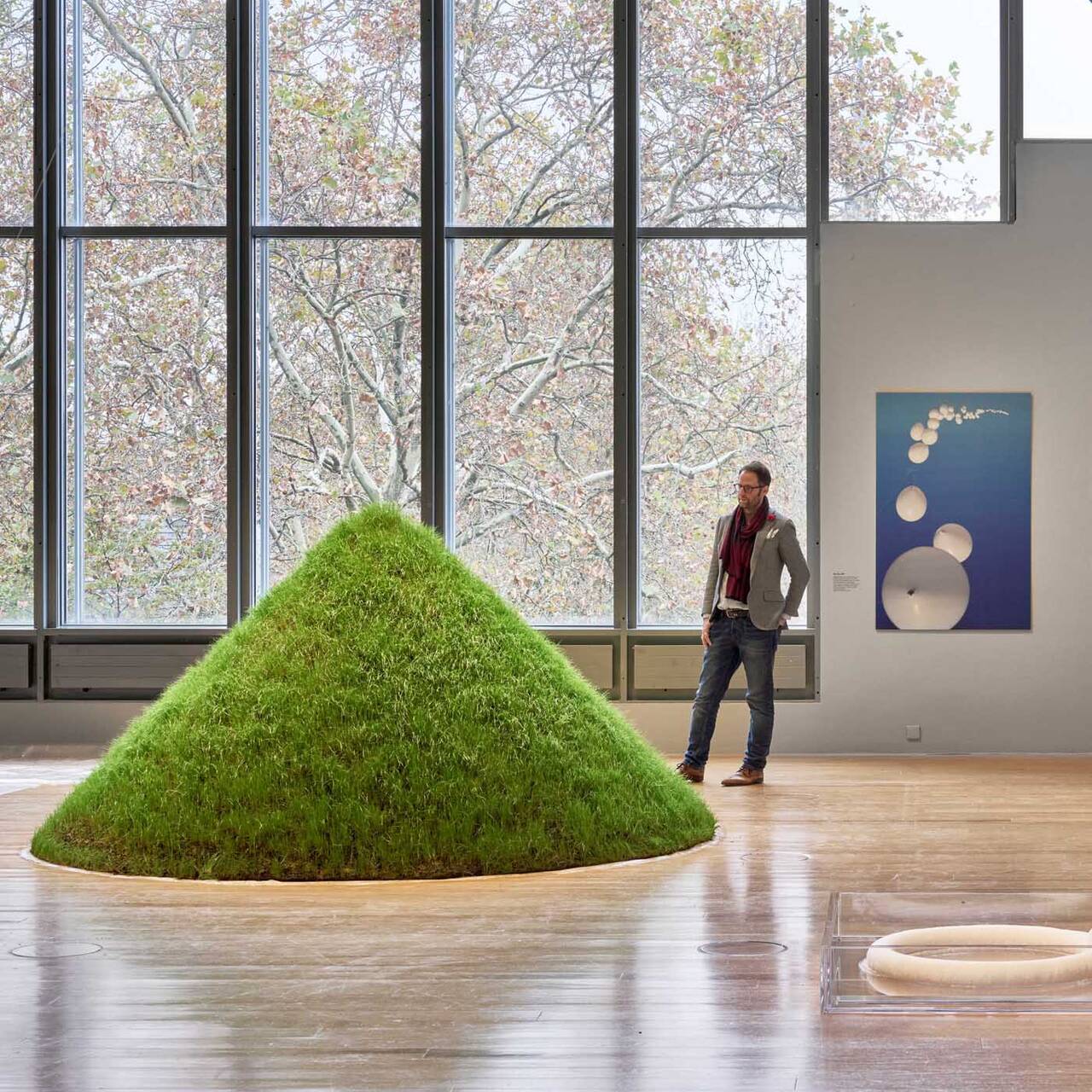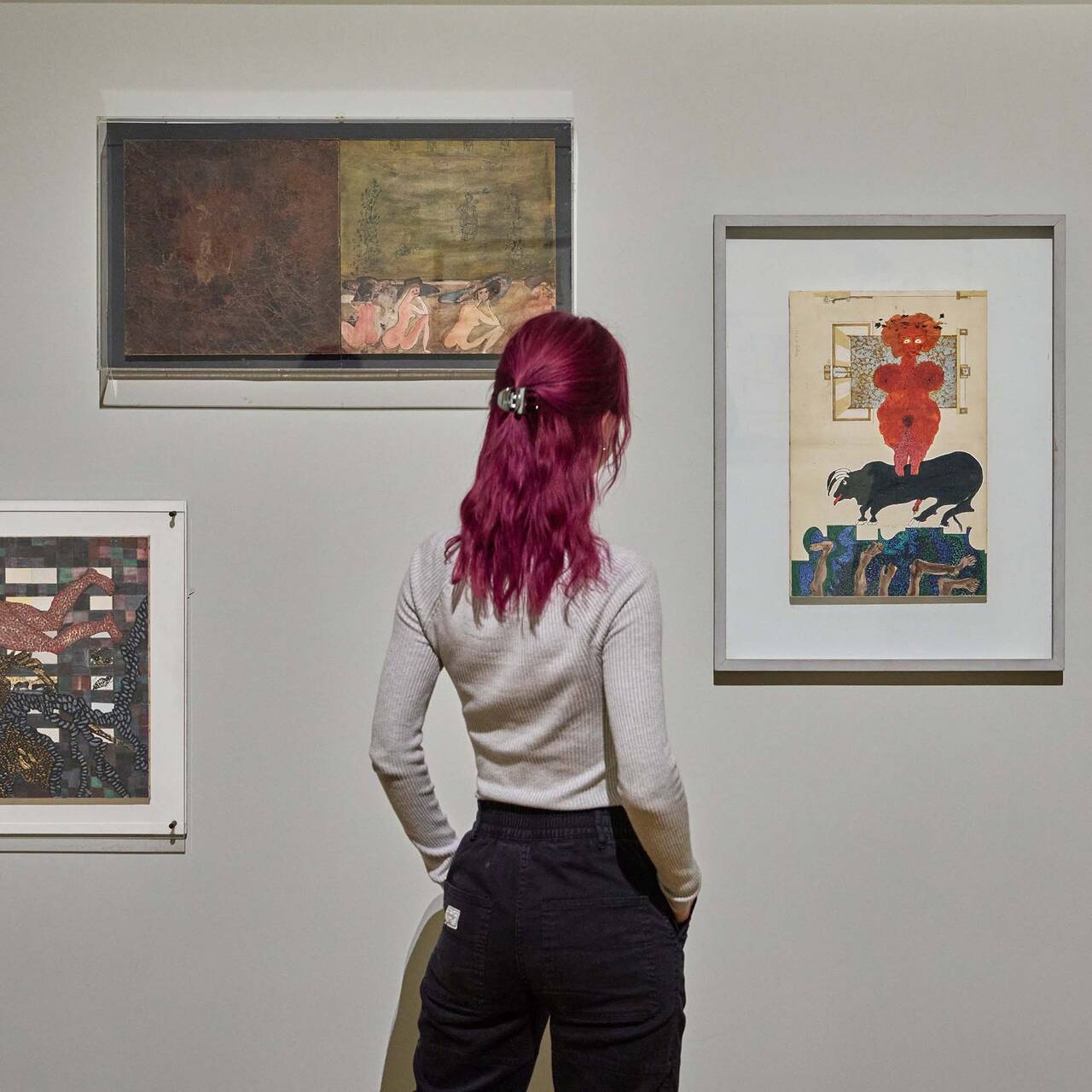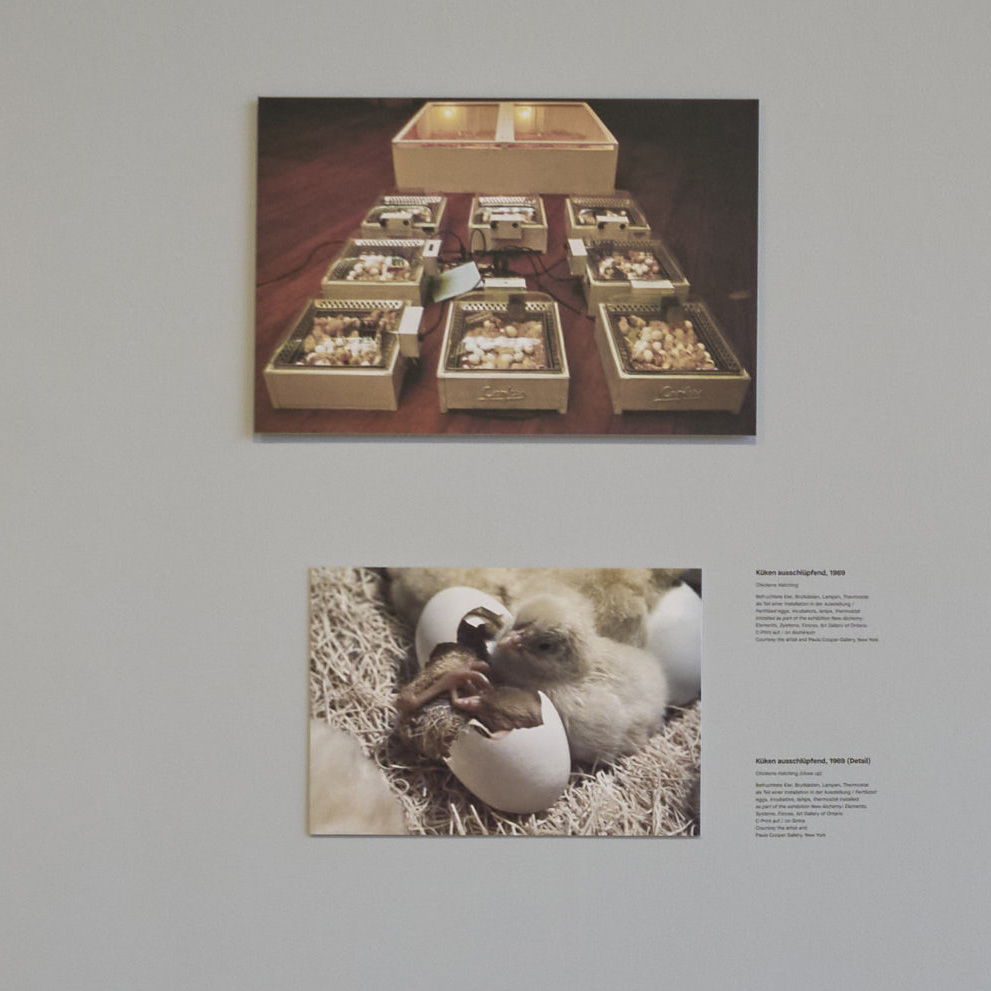For about 10 years Ensemble Interface has been shaping the contemporary music scene. A conversation on their first work in the white cube, Music-Theatre and the possibility to start from the scratch.
As Ensemble Interface, you are a group of six internationally active musicians – what brought you together in the first place and what connects you musically?
ANNA D‘ERRICO: We met ten years ago at the International Ensemble Modern Academy [in Frankfurt]. We had bursaries there; it was a great experience – a whole year collaborating intensively and learning a lot about the world of experimental music. A few of us then decided to carry on, because it worked so well. We also wanted to do something independent, to bring our decisions to the stage.
BETTINA BERGER: As a sextet, we have a very classic formation. There’s a huge range of sounds: two stringed instruments, two wind instruments and two percussion instruments. What fascinates us is the interplay when performing together. We often play without a conductor, so we have to communicate with one another a lot and make a lot of musical decisions jointly.



Many of your projects are interdisciplinary with a focus on performative approaches. How did this focus develop?
ANNA D‘ERRICO: Quite early on, we became interested in the direction of music theater. What matters to us is that the overall experience [of a concert] can also be part of the musical experience – what you see, what you hear – so you experience it as a whole.
BETTINA BERGER: We didn’t plan it that way; it was the encounters with individual artists or composers that led us there. The musician, composer and director Heiner Göbbels was a major inspiration for us initially, for example. It sounds like a cliché, but it’s about the concert as a holistic experience. From beginning to end, along a continuous arc.
One of these interdisciplinary projects is the collaboration with the artist Hans van Koolwijk. You worked with him on the “KlangMøbil” project, for which you designed instruments that are now on show in the “Big Orchestra” exhibition. How has this project developed?
ANNA D‘ERRICO: The initial spark was an idea by the composer Beat Gysin, who is also part of our team. He suggested we develop instruments that are designed as hybrids, and then come up with compositions for them. Hans van Koolwijk was proposed by another composer, Sergey Khismatov.
Hans comes from the field of sound installation and sound art, which is something different to what we do. We collaborated very closely with him to find out what suited us and our way of working. We loved the way he combined the instruments: wind, stringed and percussion instruments come together in one. That’s the sound part. Then there’s the mobile part. These instruments are mobile – that’s important for us. Sound has directions – sound moves. Sound occupies time, but also space. Our aim is to make this space clearly visible and audible. Therefore the mobility.
BETTINA BERGER: The project is also mobile in the transferred sense, because it is a very flexible project. This is the first time we are in a white cube; normally it’s rather like black boxes for which lighting was very important. We also want to be able to perform for different audiences, to come into contact with lots of different people.
Sound has directions – sound moves.

How did you perceive the situation of rehearsing live in the exhibition during opening hours? Every part of the process was transparent, the discussion, trying out things that might or might not work, all the way through to the rehearsals.
BETTINA BERGER: I really enjoyed it, the fact that other ears always listened. I often have the impression that the audience helps me understanding a work: Although we listen to ourselves very carefully when practicing and rehearsing in the ensemble, there’s another kind of attention in the room when there is an audience, and that’s something I really enjoyed experiencing at the Schirn.
In July, some musicians from your ensemble will arrange sessions in which you will work in mixed groups – ranging from music students to hobby musicians – to examine the works in the exhibition. What do you expect from this format?
BETTINA BERGER: I think everybody brings a different kind of background, different experiences and a different potential. This kind of collaboration brings a freshness to our work that is very invigorating and enriching. At the same time, I as a musician take a certain approach how to deal with an object as an instrument. This sensitivity is perhaps something not everybody can offer. We can lend other people our ears.
We can lend other people our ears.




What does it mean for you personally as musicians to now examine the visual side of an instrument or music-making more intensively in the context of the exhibition?
ANNA D‘ERRICO: In any discipline, it’s very easy and at the same time very dangerous to be stuck inside a box. We take so much for granted, because we already have a long lasting connection with our discipline, and sometimes it’s very important to get out of this past, and to adopt impressions of other people, from artists of other disciplines, or even totally different worlds. Then you can rethink everything and take a new, fresh perspective on your own discipline.
